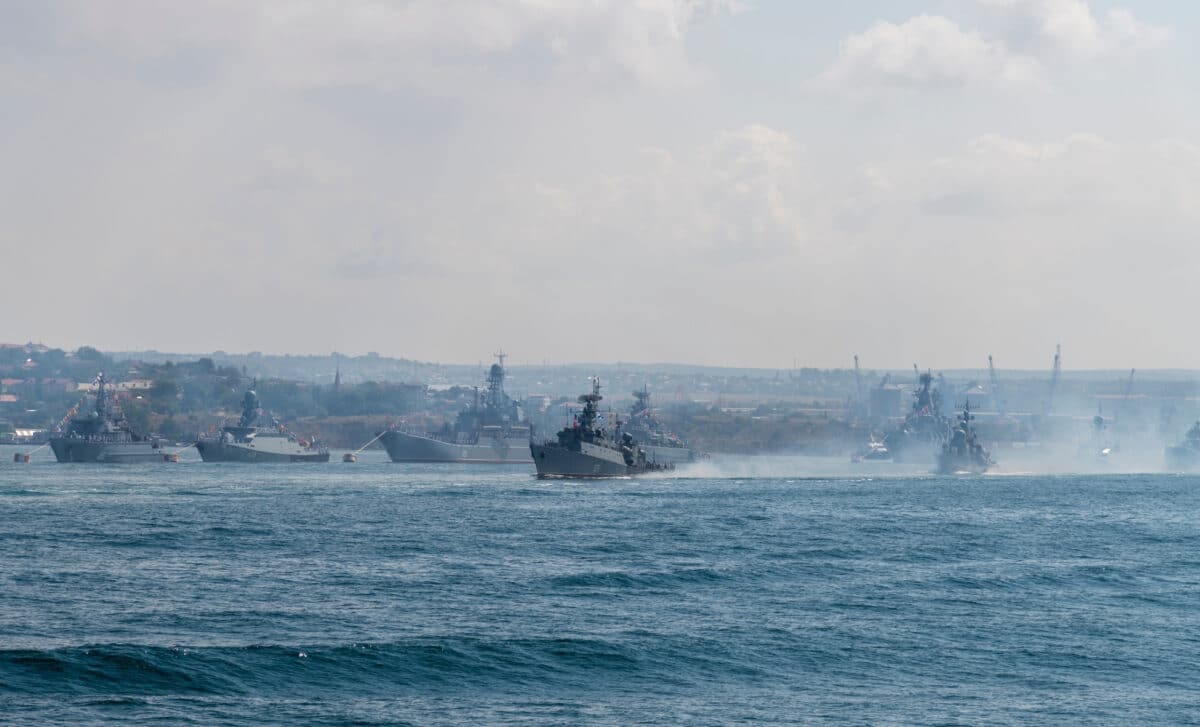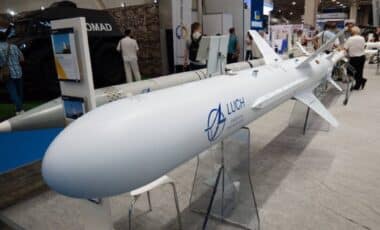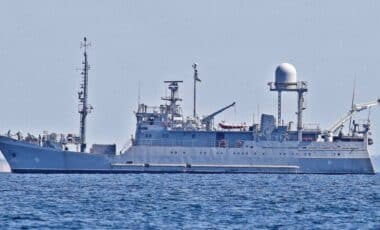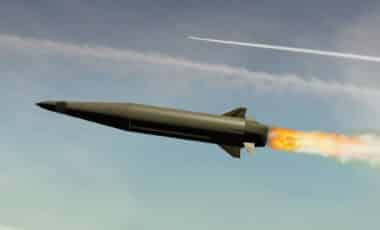Russia has begun its largest naval exercises in recent years, named “July Storm,” which involve over 15,000 military personnel and more than 150 vessels. The drills, spanning from July 23 to July 27, 2025, take place across the Arctic, Pacific, Baltic, and Caspian Seas.
These extensive operations are designed to test the readiness of Russia’s fleet for non-standard missions and to integrate advanced technologies such as long-range weapons and unmanned systems into its naval operations, according to the Russian Ministry of Defense.
The exercises are supervised by Admiral Aleksandr Moiseyev, the newly appointed Commander-in-Chief of the Russian Navy. While the Ministry of Defense describes the exercises as routine, their scale and geographic reach, covering areas near NATO’s eastern flank and extending into the Pacific Ocean, have caught the attention of military analysts and Western officials, as noted by United24 Media.
No Hands, No Feet : Skeletons Unearthed at Hitler’s Former Military Hideout
Comprehensive Military Operations Across Seas
The “July Storm” drills feature over 150 naval vessels, including auxiliary ships, and are supported by more than 120 aircraft and 10 coastal missile systems. The Russian Ministry of Defense reports that these exercises aim to assess the fleets’ readiness for complex operations, such as conducting anti-submarine warfare, defending strategic areas, and protecting economic zones. The fleets will also practice repelling simulated attacks from unmanned aerial vehicles (UAVs), surface drones, and enemy aircraft.
Military personnel will rehearse deploying to combat zones, coordinating with aviation and submarine forces, and executing strikes on maritime and land targets. Additionally, the drills will include testing long-range precision weapons and drone systems, reflecting Russia’s ongoing effort to modernize and integrate advanced military technologies into its operational strategies, as reported by Reuters.
Geopolitical Implications of the Drills
The drills’ vast geographical scale, extending from the Baltic Sea to the Pacific, highlights Russia’s intention to project its naval power across multiple theaters. The operation’s reach covers regions that are critical to global trade and military security, raising concerns among analysts and officials in NATO countries. Russia’s growing naval presence near NATO’s eastern flank, particularly in the Baltic Sea, is seen as a challenge to Western military alliances.
These exercises come amid an uptick in Russian naval activity around NATO territories. For instance, the Royal Navy tracked a Russian submarine, Novorossiysk, as it transited the North Sea and English Channel earlier in July 2025. This movement was viewed as a show of strength in the waters surrounding NATO members.
Testing Russia’s Naval Readiness
Russia’s navy, ranked as the third-largest globally, plays a pivotal role in the country’s military strategy. Despite sustaining notable losses in the conflict with Ukraine, the navy remains a critical force for Russia’s defense and its ability to project power on the global stage.
The “July Storm” exercises are an essential part of this broader strategy, designed to test the operational readiness of the fleet and the integration of new technologies, as reported by Reuters.
The Ministry of Defense emphasizes that these exercises are not just a show of force but also an opportunity to assess the fleets’ ability to perform non-standard operational tasks and maintain a significant presence in strategically important waters.








